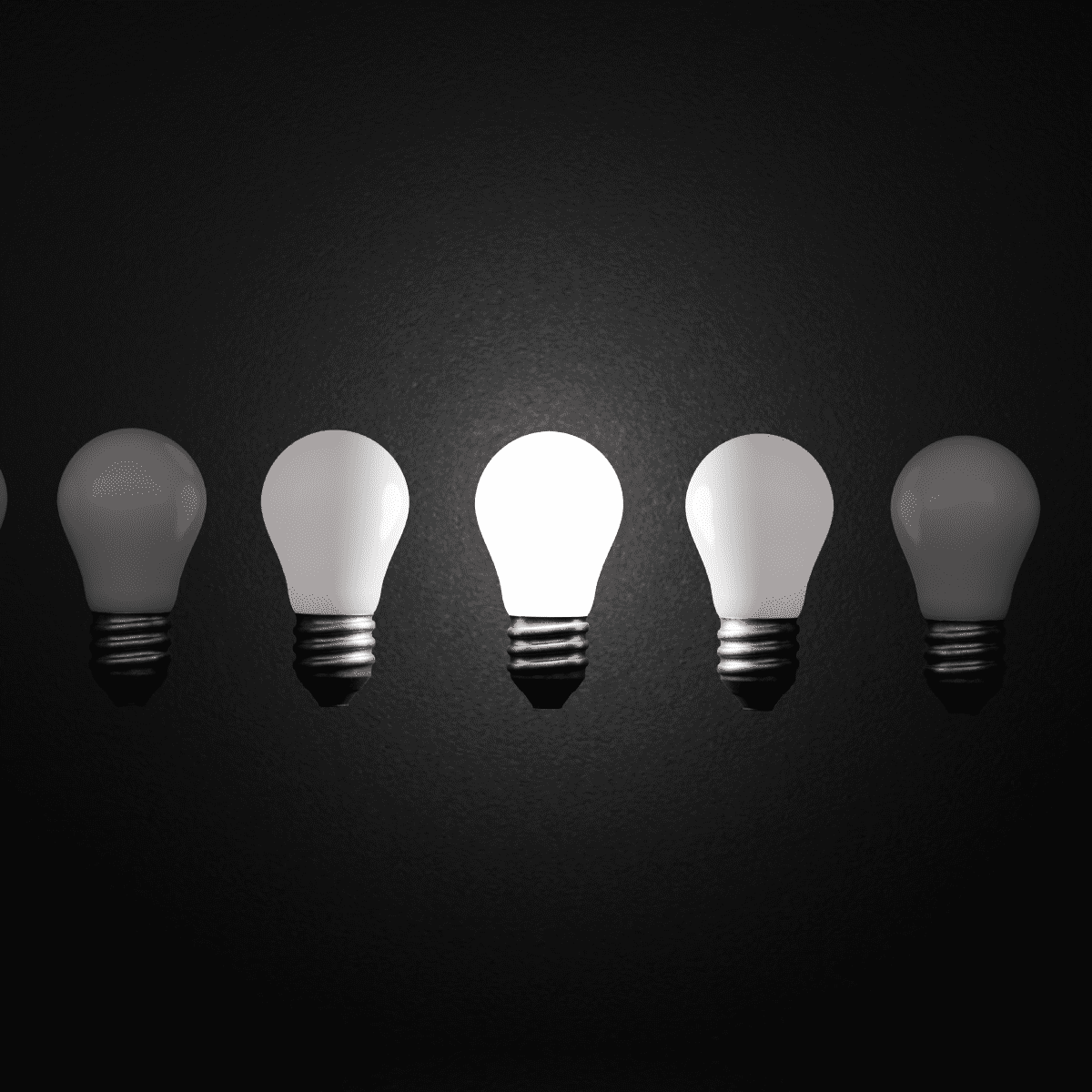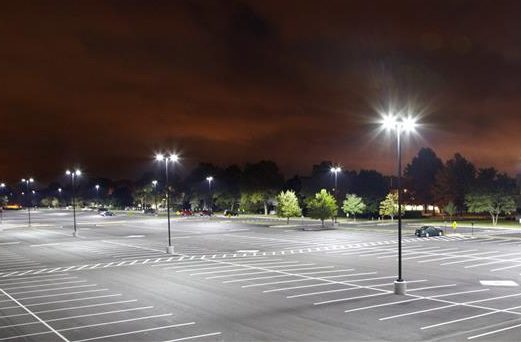When exploring lighting options, you’ll often come across terms like lumen, candela, lux, and others. While these terms may sound like technical jargon, they represent specific measurements that shape our understanding and use of light. Among the most important—and often confused—comparisons is lumen vs candela, two core metrics that help define how much light is emitted, how intense it is, and how it interacts with the spaces we occupy.
This blog breaks down the key differences between lumens and candelas, explains how they’re used in real-world lighting setups, and shows how these measurements can help you choose the best lighting fixture for your needs.
What Are Lumens?
Lumens (lm) measure luminous flux, or the total amount of visible light a source emits in all directions. When someone mentions a bulb’s brightness, they’re usually referring to its lumen rating.
In simple terms, lumens tell you how much light a bulb or fixture gives off. The higher the number, the brighter the light. Whether you’re picking a light for a cozy reading corner or a massive industrial space, knowing the required lumens is your first step in making an informed decision.
Lumens and How We See Light
Our eyes perceive brightness based on how much light hits a surface, not just how much is produced. That’s why a fixture emitting 1,000 lumens may feel brighter or dimmer depending on the room’s size, color, and layout. This is where lux comes in; it measures how much light falls on a specific surface area.
What Is Candela?
Candela (cd), on the other hand, measures luminous intensity—essentially, the brightness of light in a specific direction. While lumens cover total light output, candela zeroes in on how concentrated the light is in a given path.
The word “candela” actually comes from Latin for "candle" and is sometimes referred to as candlepower. Historically, one candela equaled the light from a single candle. Today, it’s a standardized SI unit used to measure how strong a light appears when viewed from a particular direction.
Take a laser pointer, for example. Even though it doesn’t put out many lumens, its narrow, focused beam gives it a high candela rating. That intense, directional brightness is perfect for pinpoint applications.
Lumen vs Candela: The Key Difference
At their core, the difference between lumens and candela comes down to spread vs. focus: - Lumens measure total visible light in all directions (luminous flux). - Candela measures light intensity in a specific direction (luminous intensity).
This means two lights with the same lumen output can have vastly different candela ratings depending on how the light is aimed or focused. A narrow spotlight might show a much higher candela than a wide-beam floodlight, even if both emit the same lumens.
Here’s a quick example: - A bulb emitting 1,000 lumens equally in every direction will register a lower candela. - That same 1,000 lumens, if focused into a narrow beam, will produce a much higher candela.
This difference matters a lot in applications like stage lighting, museum displays, and architectural design, where light transmission needs to be precisely controlled.
Where Lux and Solid Angles Fit In
While lumens and candela are essential, they’re only part of the equation. To understand how light works in a space, we also look at lux and solid angles: - Lux measures how much light hits a surface (lumens per square meter). For context, direct sunlight can exceed 100,000 lux, while an overcast day might only provide about 1,000 lux. - A solid angle describes the 3D spread of light. Candela measures luminous intensity per unit solid angle, while lumens account for light in all directions.
Understanding how solid angles work is especially useful when comparing different beam spreads or working with focused light sources, such as in optical fiber systems or spotlight designs.
Real-World Use Cases
Lighting designers and LED manufacturers use all of these measurements—lumens, candela, lux, and more to create lighting that works well in real-world settings. For example: - A museum might use a high-candela spotlight to highlight specific artwork. - An office may require high-lumen fixtures to evenly light a large space. - For outdoor signage, both brightness (lumens) and directional intensity (candela) matter to ensure visibility from afar.
The bottom line? When choosing a lighting device, it's not just about one number. Think about what kind of light you need and where it's going.
Comparing Light Metrics in Action
Let’s say you have two light bulbs, both with a luminous flux of 800 lumens: - Light A has a wide beam angle of 120 degrees. - Light B focuses its beam into just 30 degrees.
Although both produce the same total light, Light B will have a much higher candela value due to its focused intensity. This shows why beam angle, light intensity, and surface area all play a role in effective lighting.
Another helpful unit is foot-candles, common in North America. This measures how much light hits one square foot and is widely used in fields like photography, architecture, and horticulture.
Tools That Help Measure It All
Advanced tools like integrating spheres are used in labs to accurately measure raw lumens, helping manufacturers verify specs for any lighting apparatus. These tools allow precise measurement of luminous flux, ensuring that lighting apparatus meet performance standards.
Other elements—like lens clarity, reflective materials, and fixture design—can also influence how light is distributed and perceived. These factors affect both the total light output and how we experience it in a space.
Final Thoughts: Smarter Lighting Starts with the Right Metrics
Knowing the difference between lumen vs candela allows both professionals and everyday consumers to make better lighting decisions. Whether you’re comparing two lights with the same lumen output or designing a layout to optimize light transmission, understanding how each metric plays a role is key.
So, before you make your next lighting purchase, ask: - Do I need to brighten an entire room? → Focus on lumens. - Do I need to highlight something specific? → Look at candela.
By considering luminous flux, light intensity, lux, and beam angle, you can strike the perfect balance between energy efficiency and effective illumination, whether you're working in a warehouse, gallery, or living room.
Lighting isn’t just about how bright it is, it’s about placing the right kind of light in the right place.





